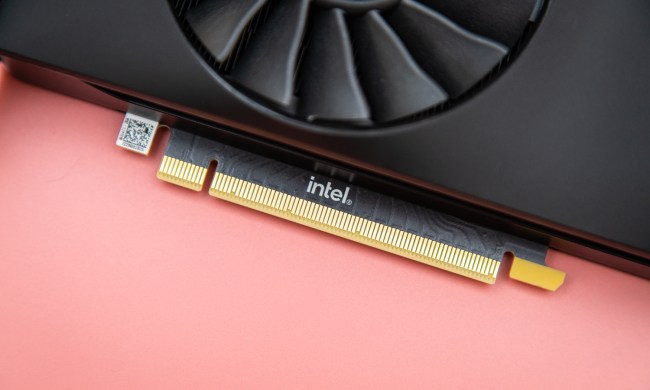
The graphics card market might currently be dominated by AMD and Nvidia, but as the supposed 2020 release date for its own modern discrete GPU approaches, Intel is continuing to hype its incoming offerings to gamers. In its latest PR move, the company pushed out a Twitter video on January 29 which, in part, teases photorealistic graphics as part of its future goals.
Don’t just take any job. Join a movement. https://t.co/JH0TqASGtE #JobsatIntel #IntelCareer pic.twitter.com/y8hBPdRF88
— Intel Graphics (@IntelGraphics) January 29, 2019
Though the video is more of a recruitment tool and doesn’t specially mention any product or the Arctic Sound GPU by name, it provides an internal peek at what is being worked on at Intel. It also features the likeness of Raja Koduri, head of Intel’s Core and Visual Computing Group. He explains that Intel is starting from zero with its discrete graphics project, freeing itself from its existing integrated graphics solutions. But it is towards the end of the video where Koduri teases photorealism goals for its graphics, and how that fresh start can take a GPU to an entirely new level for consumers.
“I want a future where we can have those photorealistic immersive worlds. I want a future where I can have a conversation with somebody three thousand miles away as if they are standing right in front of me. I want to have games with virtual worlds that are as large as this entire universe,” said Koduri.
It remains questionable how and to what extent Intel can achieve photorealistic and truly immersive worlds, and building a new GPU to support that goal takes a lot of internal effort. Koduri hints at this in the video, saying, “This is what the best engineers want to do, and we have access to all of the right Lego blocks in this company.”
New Intel CEO Bob Swan also makes an appearance in the video. He mentions a bit on Intel’s history of leading the computing market, and where it could be taking the sector in the future. “We don’t just look at a simple product, we look at the evolution of computing architectures across multiple fronts of which graphics will play a key component of that as we continue to play a leadership role in driving high-performance computing into the future, ” said Swan.


